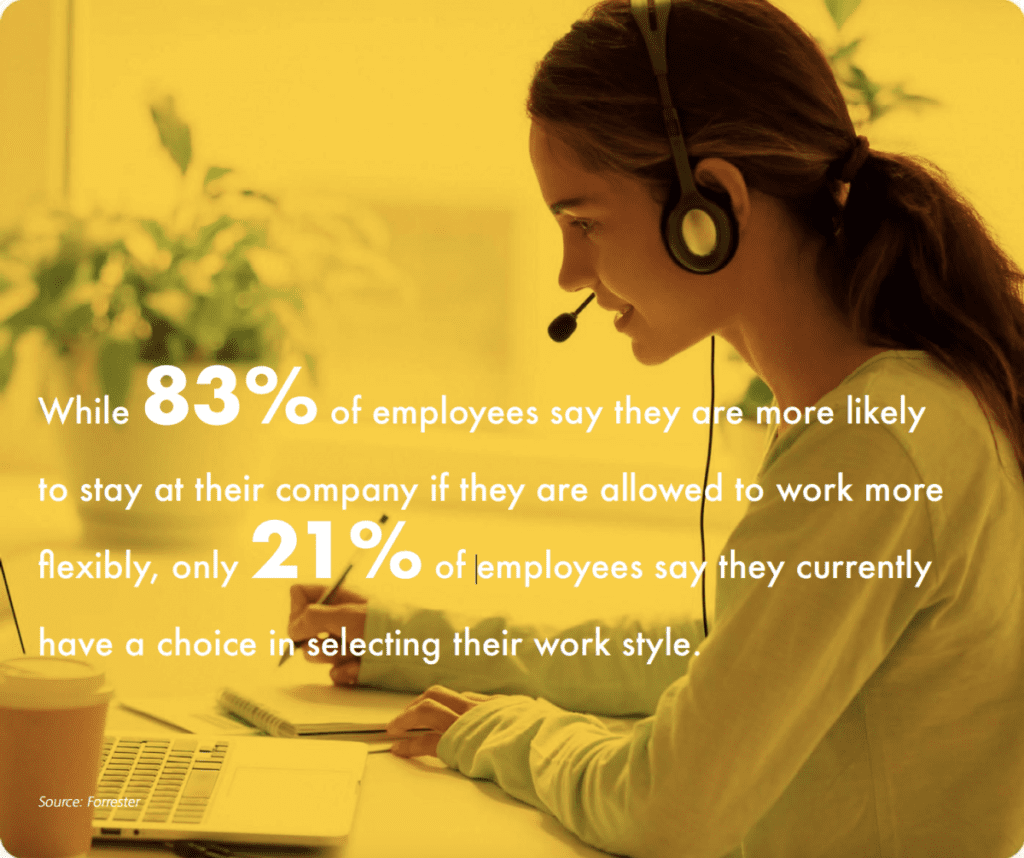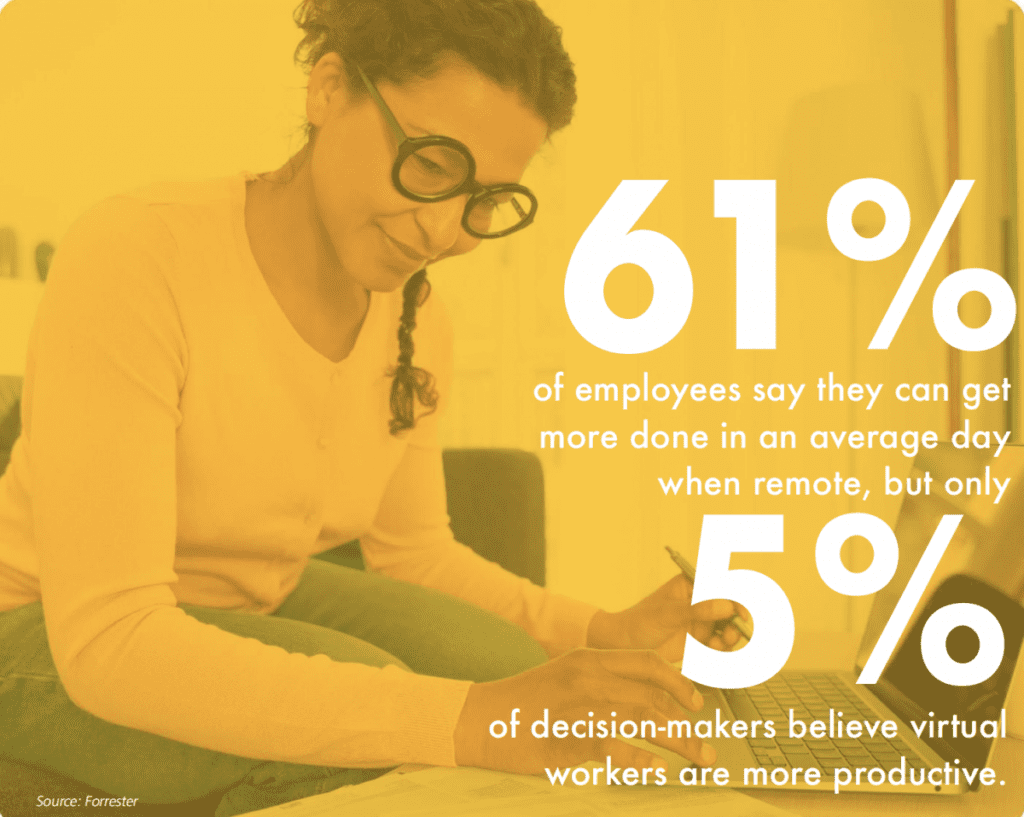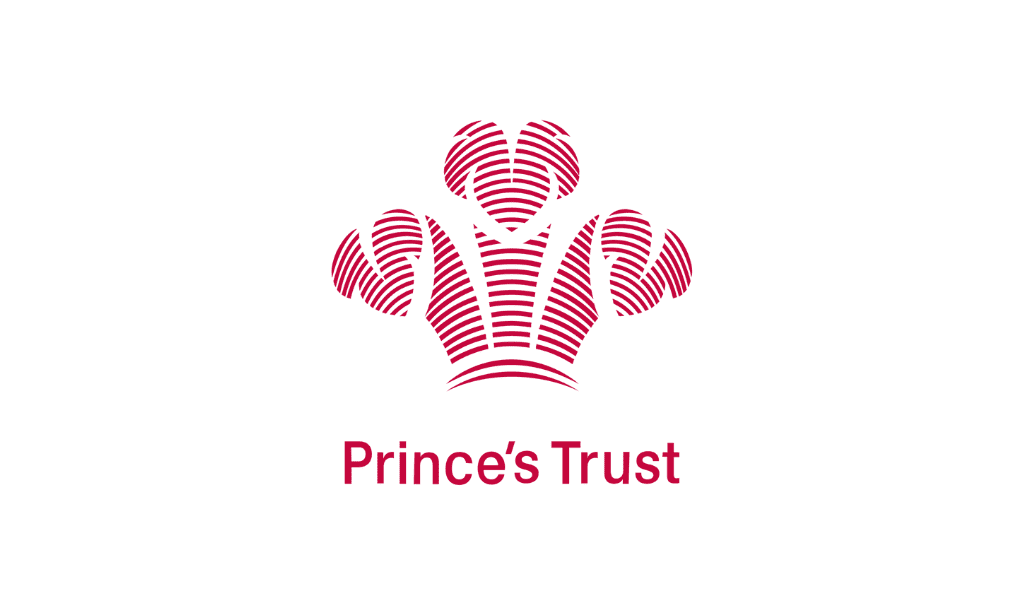As offices reopen and a hybrid workforce becomes the norm, a new set of challenges are arising.
By Jo Deal
The “future of work” and “return to office” have never been more top of mind than they are today. In the next few months, companies that once held millions of square feet in office space will need to make choices that will shape their workplace for years to come:
- whether to downsize or eliminate office locations altogether;
- whether to move to a hybrid or fully remote model; and
- which roles are suitable for remote and which are not.
A number of high-profile companies are already pulling back from their previous positions, allowing people to work from anywhere even after the pandemic is over. Other leaders are starting to make demands of their teams, setting expectations of three or more days in the office and backing away from the flexibility that many have come to appreciate. Cleary, the post-pandemic landscape brings new opportunities and new challenges.
What it all begins with is the impossible task of deciding how to meet everyone’s needs: those who want to work fully remotely, those who miss the office and amenities, and those who want a mix of both via a hybrid model. The true winners will be the organizations that create solutions that allow each of these groups to successfully find their new normal and thrive equally, no matter which group they are in.
Flexibility, Technology, and Employee Input
LogMeIn recently commissioned a global survey with Forrester on the state of remote work, and the data showed a significant gap in businesses’ flexible work offerings. While 83% of employees say they are more likely to stay at their company if they are allowed to work more flexibly, only 21% of employees say they currently have a choice in selecting their work style. Workers now understand the benefits of greater flexibility -and they’re no longer willing to go without them.
The survey also found that employees who were given the chance to choose flexible working arrangements were more likely to feel good about their company, feel that their job inspires them, and be satisfied with their work overall. However, it can be hard to make flexibility align with everyone’s needs, which is why investing in the right technology is important.
In order to ensure effective collaboration, knowledge sharing, and team building that works well in every location, technology decisions must be made with input from HR, IT, and employees. These teams can provide valuable insights into where the friction points lie, how they want to work with one another, and which tools work best to achieve those goals.
While cost is always going to be a factor, it shouldn’t be the sole driver of infrastructure decisions. Poor solutions will impact productivity and engagement, which in turn impacts company performance and employee attrition. That translates to a far larger financial impact than the cost of making a sensible investment up front. Nobody thought the pandemic would last as long as it did, and the investments made in early 2020 may be fit for purpose in the upcoming hybrid state, or it may be time to reevaluate and ensure the right tools and technology are in place to endure for the long run.
To Office or Not to Office?
There are economic and business drivers that need consideration when making the decision to return to the office. Many companies are now questioning whether it makes sense to keep their real estate at all because of the cost and footprint.
Before deciding how much space is needed, companies need to know how people are going to work. Not all jobs can be performed remotely and evaluating suitability by job role is a key framework to consider before making big decisions. Will there be a managed schedule and technology to facilitate a hoteling type set up, or can anyone come into any office whenever they want to? These variables all intertwine with the big decision of how much space is needed. True flexibility means enough desk and meeting space for everyone five days a week -just in case -but to achieve a reduced footprint and the associated cost savings, a plan has to be in place for who gets to come in when, where, and how they want to work.
These aren’t easy riddles to solve and require close partnership with facilities, legal, HR, IT, and the leaders of each function and location. It also requires time, planning, and a lot of thought to get it right. For companies who haven’t started that planning, time is running out.
Of course, ideas can be adjusted as organizations implement new solutions, but employees are already looking for clarity regarding where and how they can work once the pandemic is over.
If Trust Isn’t There, the Culture Isn’t Either
When allowing employees to work flexibly, trust is a must. According to the research, 61% of employees say they can get more done in an average day when working remotely, but only 5% of decision-makers believe remote workers are more productive. That is a huge gap in perception and not likely to lead to a positive remote working environment.
Moreover, 70% of decision-makers feel employees in the office are more trustworthy -and this belief is a problem. That lack of trust doesn’t foster great company culture and will inevitably lead to disgruntled employees feeling as though they are being passed over for opportunities and having to prove their commitment by clocking in longer hours. If trust doesn’t exist currently, the first step is to invest in cultivating it, working through leadership fears around remote work, and hearing from managers and employees.
Company culture was a prime concern for industry leaders when COVID-19 first forced a global shift to remote work, but not enough organizations made it a priority beyond hosting virtual happy hours and quiz nights. Many thought that remote work was a solution for a short-term problem.
However, now that a full year has passed, companies should be thoughtfully redesigning their cultures to ensure they work for remote, hybrid, and in-person models. This moment in time requires a full reevaluation of every talent program: how to hire, onboard, build teams, train, develop, and promote through the lens of remote and hybrid work. Recognition platforms and leadership behaviors should also tie into reinforcing the values and culture that is set out for employees, including that remote work is good and can help reinforce trust.
Every company is going to face different challenges when deciding the way forward, now that a potential return to the office is on the horizon. One could of course choose to ignore the demand for continued access to remote work and bring everyone back to the way it was before, but then such an organization would need to be ok with losing a large percentage of employees who will find that flexibility elsewhere.
Instead of taking the risk, companies should embrace the change and invest the time, tools, and support to set it up for success.
Jo Deal is chief human resources officer at LogMeIn.
















